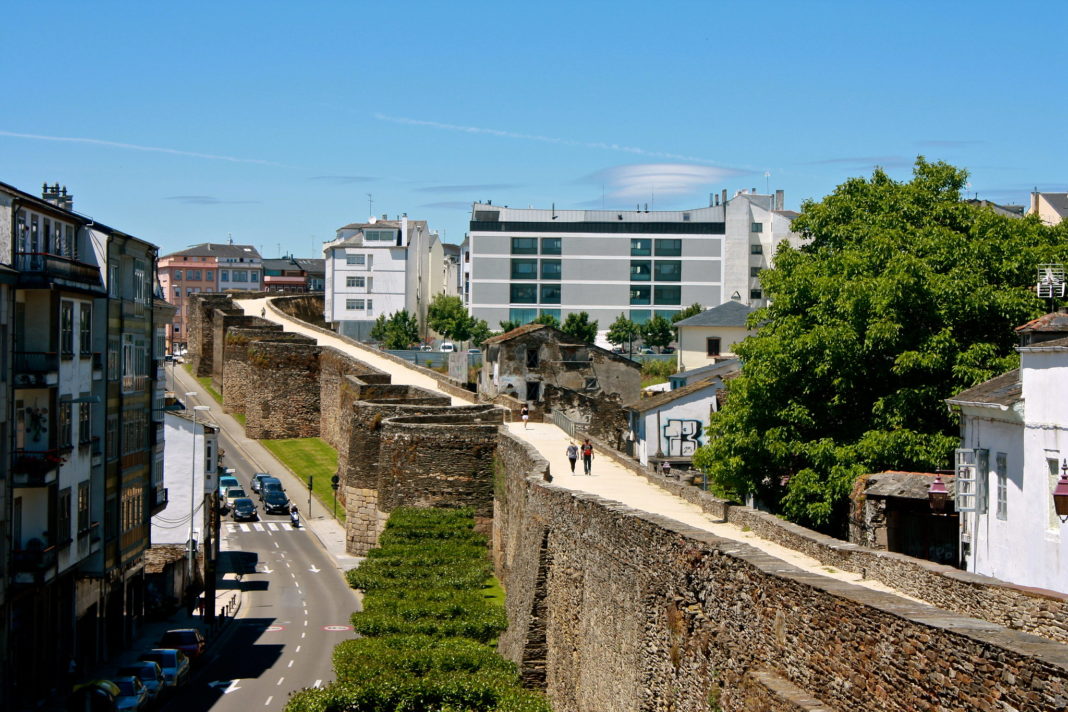Lugo is the only city in the world to be surrounded by completely intact Roman walls, which reach a height of 10 to 15 meters along a 2,117-meter circuit ringed with 71 towers.
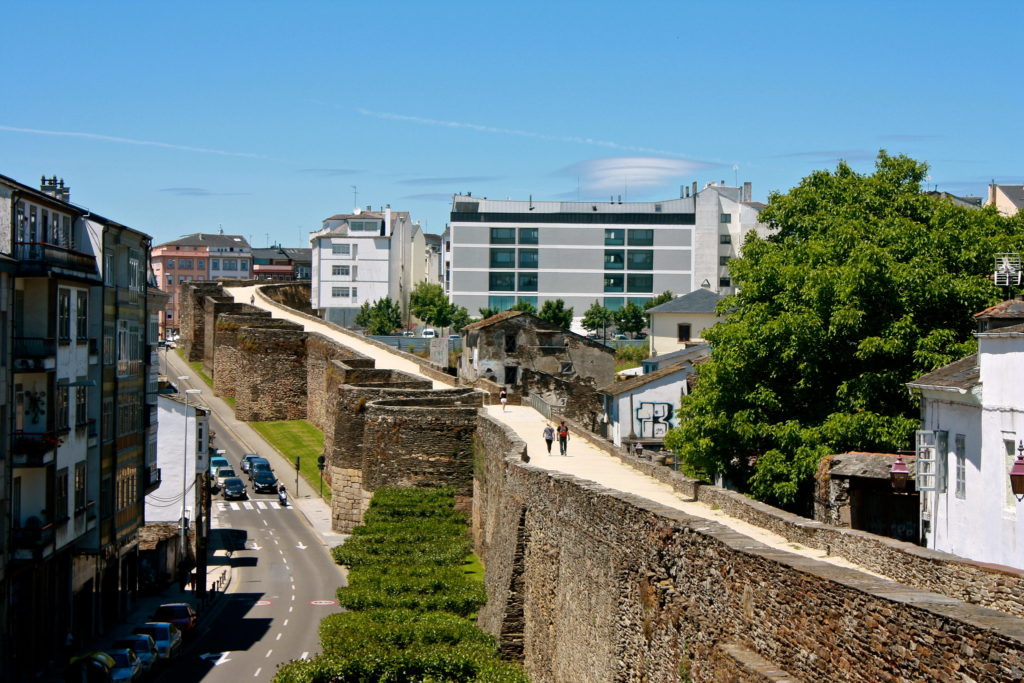
The Roman walls of Lugo (Muralla Romana de Lugo) are the ancient Roman defensive walls stretching 2,120 meters around the Old Town of Lugo, Spain. They were built in the third century AD to defend the ancient Roman town of Lucus Augusti. The fortifications, still largely intact, were declared a UNESCO World Heritage Site in 2000 and are a popular tourist attraction.
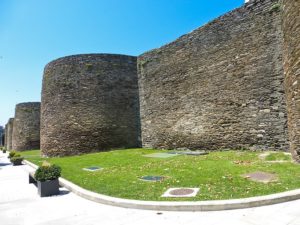
The city walls were built between 263 and 276 A.D. to defend the Roman town of Lucus Augusti (present-day Lugo) against local tribesmen and Germanic invaders. The walls formed part of a complex of fortifications which also included a moat and an intervallum (the clearing between the walls and the city). The walls consist of internal and external stone facing with a core of earth mixed with gravel, pebbles, and worked Roman stone recycled from demolished buildings, and cemented with water.
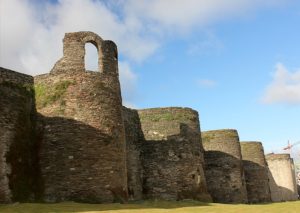
There are ten gates in the walls: five dating to Roman times; and five added after 1853 to accommodate the expanding town population. The best preserved original gates are the Porta Falsa and the Porta Miña, the latter still has its original vaulted arch set between two towers. Five stairways and a ramp provide access to the parapet walk over the walls. Within the walls, a number of double staircases provide access to the towers from the parapet walk.
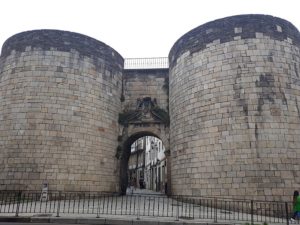
Of the original towers, 49 are still intact, and another 39 have partially survived. The towers were built at irregular intervals along the walls. They consist of two storeys and are mostly semicircular; a few are rectangular. The spaces between the towers vary from 5.4 meters to 12.8 meters. A mix of materials was used for the construction of the towers. Often the base of the tower was constructed of dressed granite, with the remainder in slate.
According to Wikipedia





